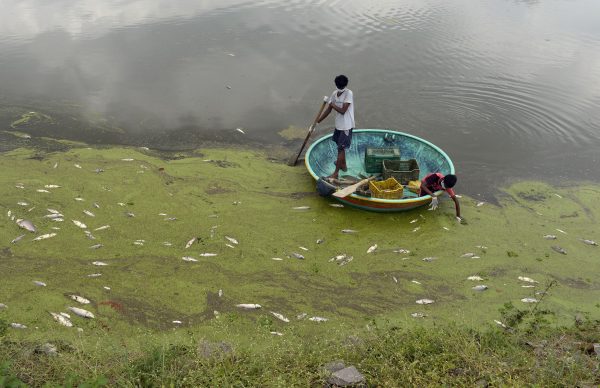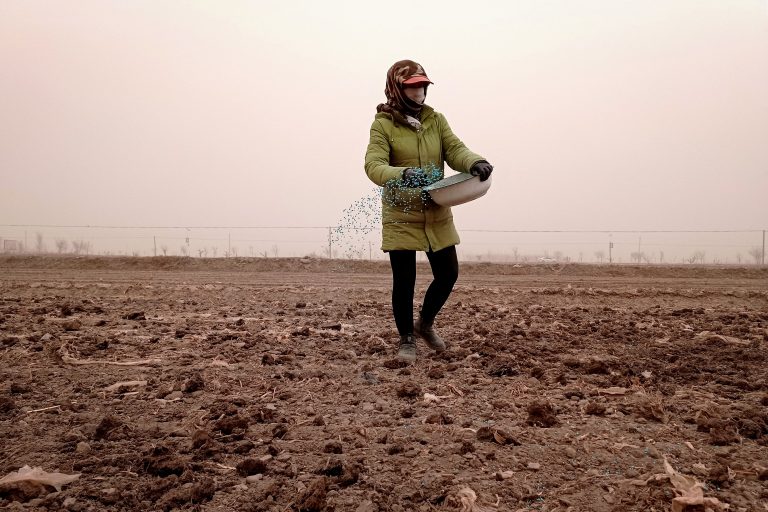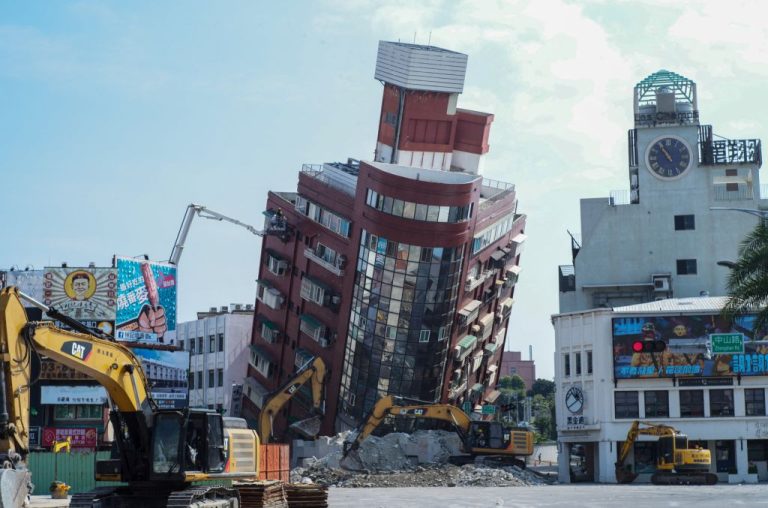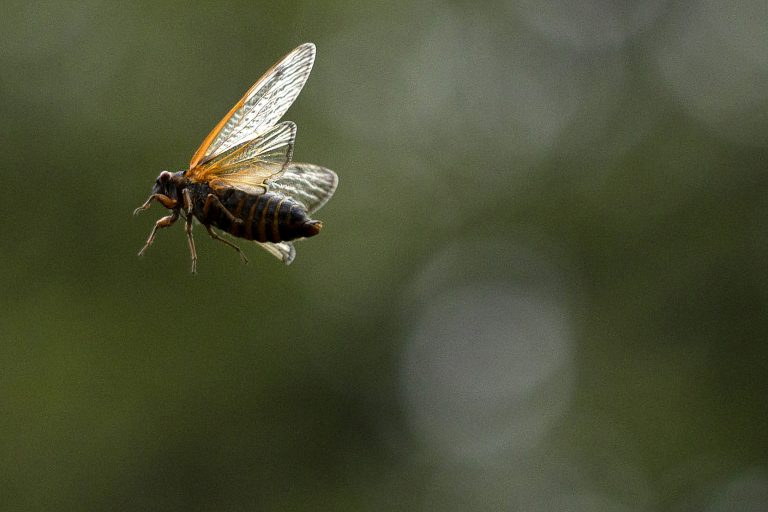Production of harmful chemicals has crossed the threshold of “safe operating space” for the human organism, a study released last month concludes.
The report, Outside the Safe Operating Space of the Planetary Boundary for Novel Entities, was published Jan. 18 by the American Chemical Society in the Environmental Science & Technology journal.
Its central argument is that global ecosystems necessary for human life have been impacted to the point of instability, largely due to the massive amount of plastics now present throughout the environment.
In addition to plastics, the study counts 350,000 artificially produced chemicals, from pesticides and antibiotics to a great variety of industrial compounds.
Humans have produced a greater amount of plastic than the weight of all mammals on Earth combined. Traces of the material, which are toxic or damaging to many lifeforms, can now be found nearly everywhere on the planet, from the Himalayan mountain range to the bottom of all oceans.
Success
You are now signed up for our newsletter
Success
Check your email to complete sign up
Worldwide, the amount of chemical pollution has increased 50 times since 1950, and is expected to triple again in less than 30 years from now.
“The pace that societies are producing and releasing new chemicals into the environment is not consistent with staying within a safe operating space for humanity,” the Guardian cited Patricia Villarrubia-Gómez, a PhD candidate and research assistant at the Stockholm Resilience Centre (SRC), as saying. She took part in the ACS’s study.
Pesticides introduced to kill harmful insects also eradicate many benign organisms that play fundamental roles in ecosystems, including those that ultimately affect the water and air that humans use.

Global impact of 350,000 kinds of chemicals and plastics
Scientists at the SRC said the study was helpful in exploring the global impact of chemical, especially plastic pollution. While some chemical threats, such as the chlorofluorocarbon (CFCs) once widely used in air conditioners but that had a damaging effect on the ozone layer, are well-known, others remain obscure.
Only a small fraction of the 350,000 chemical compounds approved for use in the consumer and industrial fields have been assessed for their environmental safety, the ACS study notes. The production and release of these substances is happening much faster than authorities and scientists have the ability to study their effects.
Bethanie Carney Almroth, who worked on the ACS study and is a professor at the University of Gothenburg, told the Guardian that the fact that there is a greater weight of plastics than all mammals alive on earth was “a pretty clear indication that we’ve crossed a boundary.”
That boundary is the presence of novel entities in the environment, one of nine such “planetary boundaries” conceived of in 2009 by Swedish scientist Johan Rockström and 28 other researchers.
The ASC study argues that the novel entity boundary is now the fifth to be passed, following global heating, the destruction of wild habitats, loss of biodiversity and excessive nitrogen and phosphorus pollution.
Boundaries yet to be breached, according to the study, include global atmospheric aerosol pollution, freshwater use, ocean acidification, and ozone depletion.
Villarrubia-Gómez stressed the need to recycle and reuse the already-existing synthetic materials, rather than endlessly producing more of it.
“Shifting to a circular economy is really important. That means changing materials and products so they can be reused, not wasted.”
The rise of the chemical burden in the environment is diffuse and insidious,” Sir Ian Boyd, a professor and the University of St. Andrews, told the Guardian.
“Even if the toxic effects of individual chemicals can be hard to detect, this does not mean that the aggregate effect is likely to be insignificant.”
Most of the popular and political debate around environmental protection currently focuses on climate change — to which replacing fossil fuels with “green” energy, rather than cutting back on excessive consumer expectations and wasteful practices or reorienting economic priorities, is usually billed as the solution.













